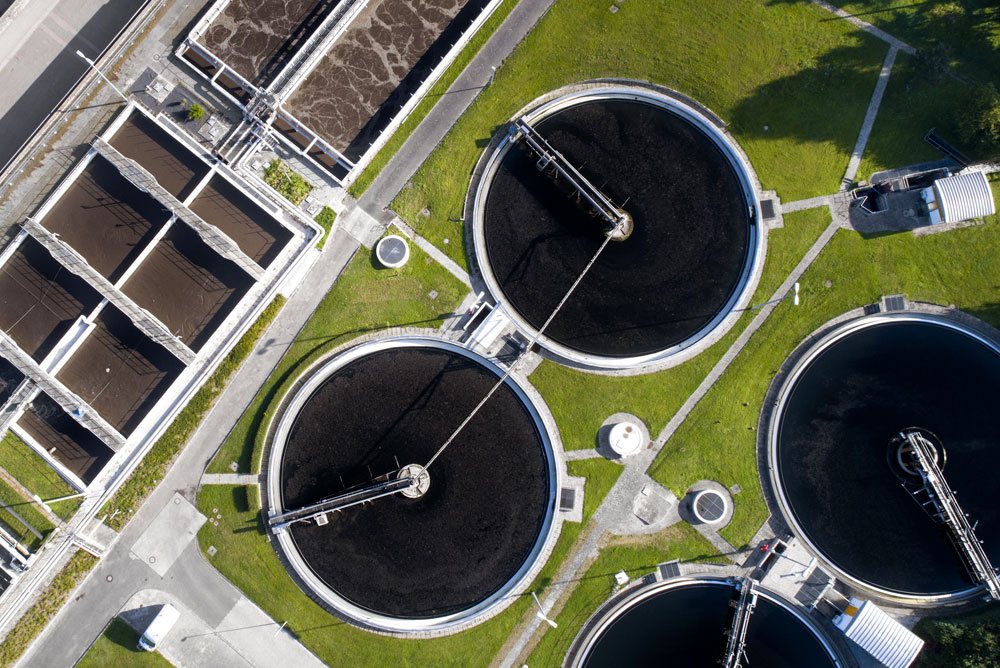Two ultra-practical standards to characterize sludge from wastewater treatment plants

Obtained after treatment of municipal or industrial wastewater in wastewater treatment plants, sewage sludge is a valuable material, provided it is properly dewatered, compacted and depolluted. Operators must then characterize them according to their origin and their chemical, physical and microbiological properties. They also need to qualify their ability to concentrate. Among these key parameters, one is the most authoritative: dryness, i.e. the mass percentage of dry matter.
The dryness of a sludge is known at the end of the drying and dewatering stages. Sludge is generally dewatered in belt or screw presses, plate filter presses or centrifugal decanters. The richer the sludge’s solids content, the more suitable it is for one of the possible forms of recovery: agricultural spreading, composting, incineration on its own or with other waste. Properly dewatered sludge has a higher PCI, a higher agronomic value, generates less pollution and reduces transport and storage costs.
To facilitate exchanges between equipment manufacturers and station operators, the industry felt the need to set out best practices in a voluntary standard. Published in mid-September 2018, standard NF T97-001, divided into parts 1 and 3, thus specifies the operating procedure required to calculate a limit dryness value (part 1) and a reference value (part 3). As Pascal Ginisty, Scientific Director at IFTS (Institut de la filtration et des techniques séparatives) and leader of the AFNOR working group that drew up the two texts, points out, ” the aim of this work was to define a common methodology and terminology, as well as a set of best practices to ensure the reliability of the operating procedures used by players in the sector “.
NF T97-001-1 and NF T97-001-3: limit dryness and reference dryness
Problem: sludge is difficult to characterize, even in terms of dryness, because the product varies greatly from one treatment plant to another, or from one day to another within the same plant. Of course, the origin of the effluent explains this variability, but so do the operating procedures used in the plants, as not all operators apply the same processes. Large standards were needed. The voluntary NF T97-001 standard does the job. For Pascal Ginisty, ” the challenge was to define absolute values. For local authorities and industry players, these sizes are more convenient and safer. Thanks to them, there is a consensus on the definition of associated protocols and their validation in inter-laboratory tests on sludge of different origins. “.
According to the NF T97-001-1 standard, the dryness limit represents the dewatering potential of a sludge that can theoretically be obtained by mechanical means. This value is useful for comparing the dewaterability of sludge of different origins, or conditioned in different ways, and can be used to prejudge the technical limits of the process. In the same way, according to the NF T97001-3 standard, reference dryness is a key indicator of a sludge’s suitability for mechanical dewatering, making it easy to compare sludges.
Sewage sludge is a rich subject for voluntary standardization. Future work will aim to provide guidelines for recovering these materials in the form of energy. ” Better chemical conditioning facilitates processing and recycling,” concludes Pascal Ginisty.
> Buy the NF T97-001-1 voluntary standard…
> Buy the NF T97-001-3 voluntary standard…